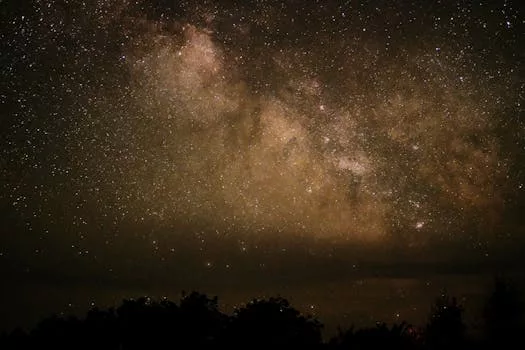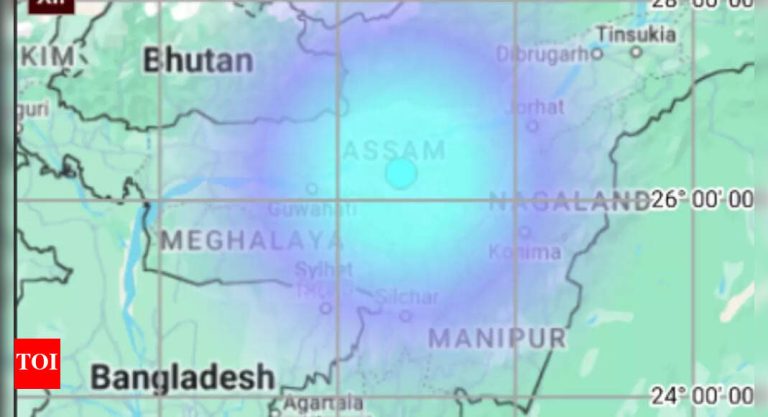
“
Beyond the Milky Way: Imagining New Worlds and Possibilities
Introduction to the Cosmos
The Focus Keyword: Beyond the Milky Way has always fascinated humans, with its vastness and mysteries waiting to be unraveled. As we continue to explore and understand our own galaxy, we begin to wonder what lies beyond. The possibility of new worlds, galaxies, and civilizations is a topic that has captivated scientists, philosophers, and science fiction writers for centuries. In this article, we will delve into the unknown, exploring the possibilities of what exists beyond our Milky Way galaxy.
Understanding the Milky Way Galaxy
Before we can comprehend what lies beyond, it’s essential to understand our own galaxy, the Milky Way. The Milky Way is a barred spiral galaxy, consisting of hundreds of billions of stars, gas, and dust. It’s estimated to be around 100,000 light-years in diameter, with our solar system located in one of its outer spiral arms. The Milky Way is just one of the billions of galaxies in the observable universe, each with its unique characteristics and features. For a deeper dive into the creative aspects of the cosmos, check out Stellar Inspirations: Unleashing Creativity Beyond the Stars.
Exploring the Universe Beyond the Milky Way
As we venture beyond the Milky Way, we enter the realm of intergalactic space, where galaxies are separated by vast distances. The nearest major galaxy to the Milky Way is Andromeda, located approximately 2.5 million light-years away. The Andromeda galaxy is similar in structure to the Milky Way, with hundreds of billions of stars and a supermassive black hole at its center. Beyond Andromeda lies the vast expanse of the cosmos, with countless galaxies, each with its own unique features and mysteries. This exploration connects to a broader narrative of imagination in the universe, as discussed in The Infinite Universe of Imagination: Beyond Celestial Boundaries.
Imagining New Worlds and Possibilities
As we explore the universe beyond the Milky Way, we begin to imagine the possibilities of new worlds and civilizations. The discovery of exoplanets, which are planets that orbit stars outside our solar system, has opened up new avenues for research and speculation. With the help of advanced telescopes and space missions, scientists have discovered thousands of exoplanets, ranging from small, rocky worlds to large, gas giants. The possibility of life on these planets is a topic of ongoing research and debate, with some planets showing promising signs of habitability.
Takeaways
- The universe beyond the Milky Way galaxy is vast and full of mysteries waiting to be unraveled.
- Galaxies are separated by vast distances, with the nearest major galaxy to the Milky Way being Andromeda, located approximately 2.5 million light-years away.
- The discovery of exoplanets has opened up new avenues for research and speculation about the possibility of life beyond our solar system.
- The search for life beyond Earth is an ongoing topic of research and debate, with scientists using advanced telescopes and space missions to explore the universe.







